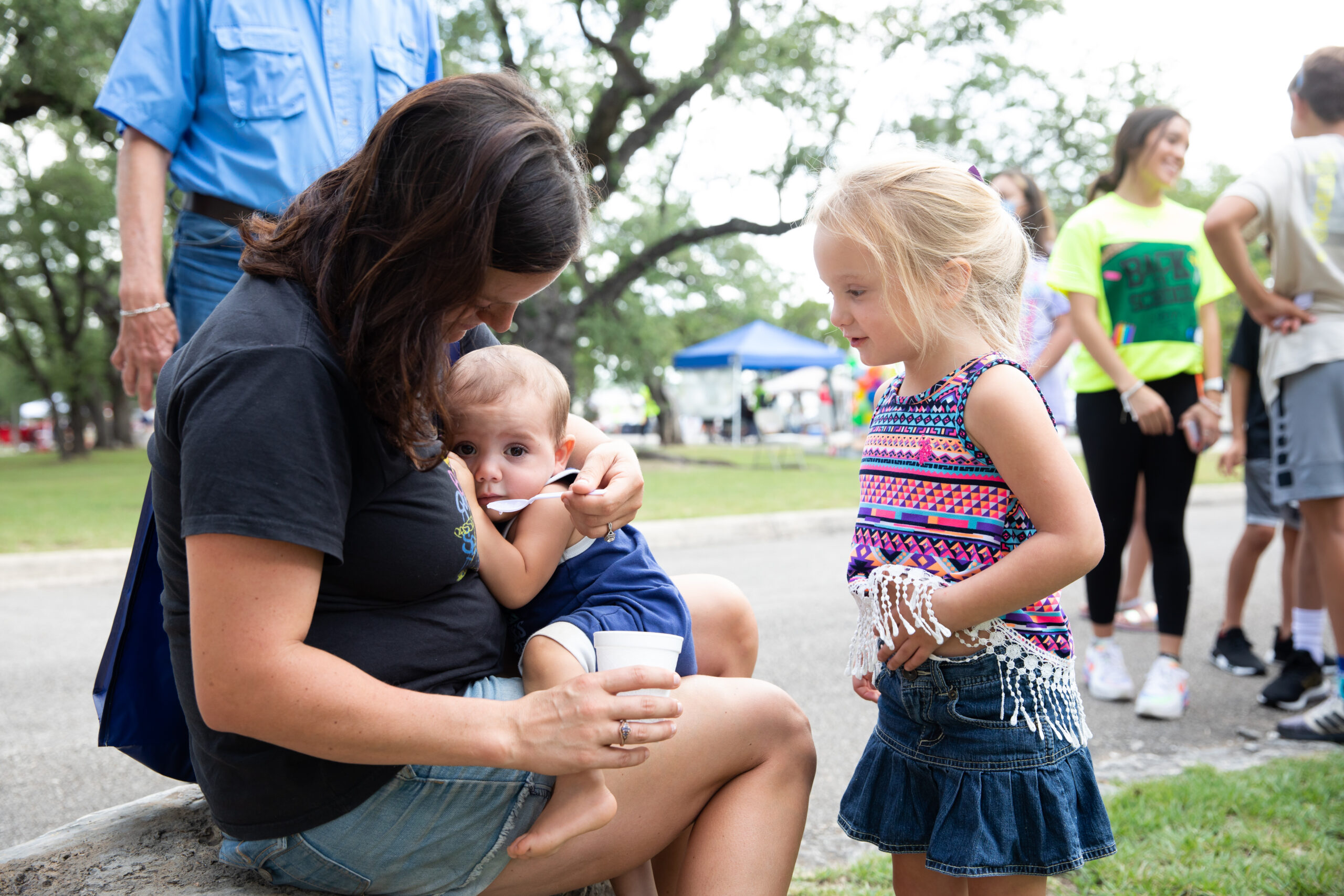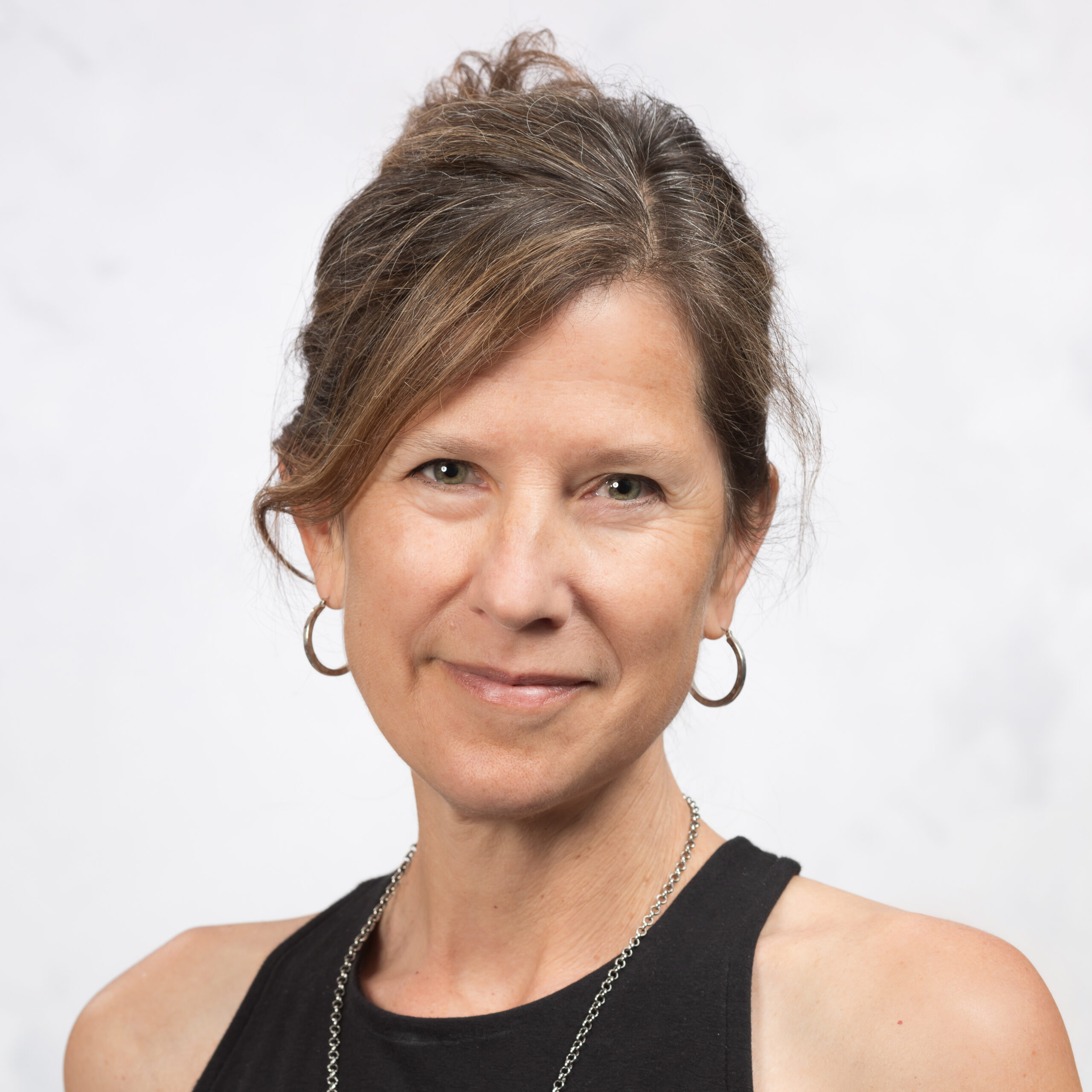Our earliest experiences have lifelong consequences for our health and behaviors.
Those early experiences shape not just our behavior, but also our biology. Research from fields of neuroscience, epigenetics, endocrinology, inflammatory disorders, and other physiological systems all demonstrate that our earliest environments shape the developing brain, influence the expression of our genes, and affect the health of our body’s systems. Creating the conditions that support young children and their caregivers sets the stage for improved health, economic, and social outcomes that are the foundation of a vital and productive society.
Research points to one major factor that creates child resilience, even in the face of high adversity: the presence of a stable, caring adult. Therefore, we strive to create the conditions for healthy relationships to flourish.
To sustain the gains we hope to encourage in the Central Texas early childhood ecosystem, a smaller portion of our resources and efforts support primary care providers, schools, child-serving organizations, and community leaders to build resilience and protective factors in systems beyond early childhood.
The Issue
Despite the importance of the early childhood period to lifelong health, until children enter public school (usually by age five), no entity or system is held accountable for their well-being. In other words, the most important period of development is the least attended to in public funding and support. As a result, the responsibility for child well-being falls to families, but resources and information often fail to follow. The Foundation’s commitment, in partnership with our community partners who are leading the daily work, seeks to respond to and rectify this gap by providing visibility into family strengths and needs while developing the formal and informal supports that help the approximately 172,000 young children living in Central Texas reach their full potential.
The Approach
Our funding model reflects a public health approach, using primary, secondary, and tertiary prevention to achieve population-level change—all supported by efforts to promote the science explaining how the early childhood period lays the foundation for lifelong health.
- Screen. While screening tools, practices, and protocols are evolving, we believe a public health approach with universal screening and intervention is critical to progress. Screening and guidance need to occur at sites already widely used and trusted by caregivers, such as the pediatrician’s office.
- Treat. We recognize that screening creates an obligation to offer appropriate follow-up and interventions. If we are going to screen, we need to ensure a strong and accessible therapeutic web that offers specialized treatment when necessary.
- Prevent. We define prevention simply: supporting families and connecting communities. The work here is about creating conditions that promote strong, healthy early relationships. Our investment in the launch of Texas Family Connects, a universal home visiting program for newborns, lays the foundation for this work.
- Inform. We believe that informing policymakers, practitioners, and parents of this body of science allows for better decisions that will lead to improved outcomes for children and their families. Our work here is about promoting the science via mechanisms from conferences, learning collaboratives, and the use of existing resources such as Brain Story Certification.
Program Staff
Related Initiatives
Screening for Health-Related Social Needs in Pediatric SettingsGoals
Long-Term Outcomes
Our goal: fostering the conditions that create positive early experiences for young children, knowing these early experiences are the foundation for later health, social, and economic outcomes.
1.
Families are supported and have the key services they need to remove sources of stress, strengthen core life skills, and foster positive relationships between children and caregivers.
2.
Communities are connected, with built environments and norms that promote social interaction among community members.
3.
Stakeholders are informed about the science behind brain development. These stakeholders include practitioners, policy makers, and the general public.



